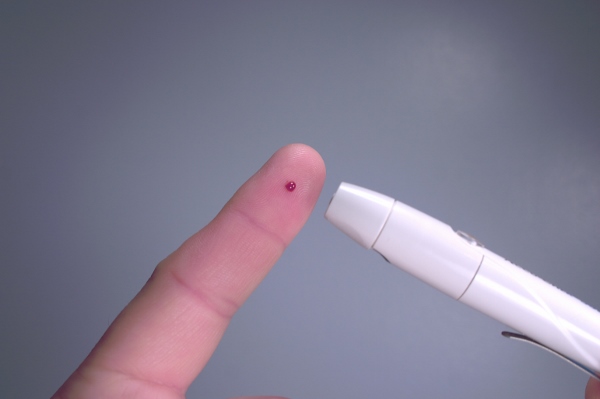According to a recent article in the Wall Street Journal, engaging in some form of physical activity every day may serve as the most effective way to lower your risk of developing Type 2 diabetes, as well as the most important step in managing the disease in those that have already been diagnosed.
A 2024 study released by the Centers for Disease Control and Prevention reported that about 12.3% of U.S. adults have diabetes, most of whom are Type 2. Type 2 diabetes is recognized as elevated levels of blood glucose due to reduced insulin sensitivity resulting from a poor diet with excess carbohydrates and a lack of exercise. Type 2 diabetes can cause nerve damage, blindness, heart attack and stroke, among many other issues.
“With Type 2 diabetes, your body can no longer make or use insulin, the hormone which helps the body regulate glucose levels,” Dr. Sheri Colberg, a professor of human movement sciences at Old Dominion University in Norfolk, Va., specializing in exercise as it relates to diabetes told the WSJ.
“Normally, insulin helps the body use glucose for energy. When this doesn’t happen, glucose ends up being stored in places like the abdomen, liver, pancreas” which puts immense strain on the body.
Based on Colberg’s findings, the most effective preventative actions against diabetes is proper diet and exercise. She claims that both cardio and strength training should be incorporated, but resistance training should be prioritized. This is because aging causes a loss in overall muscle mass, which is important to maintain for proper bodily functions.
How much is needed for good health? Dr. Colberg recommends a minimum of 30 minutes of resistance training three days a week. “Body weight exercises like plank or lunges work just as well as weights,” she says.
An A1C blood test can be requested by your doctor if you are unsure of your risk for diabetes. This test is used to diagnose diabetes and prediabetes, which is when glucose levels are elevated, but has not yet caused dysfunction in insulin production.
Taking these measures can not only effectively prevent diabetes, but can even reverse the effects of diabetes for those that have already been diagnosed, so it is never too late to take action! If you are unsure where to start, we have resources on how to begin working resistance training into your routine below.
Also Read:
Fit in 5: Body Weight Exercises You Can Do Anywhere
A Beginner’s Guide to Strength Training

